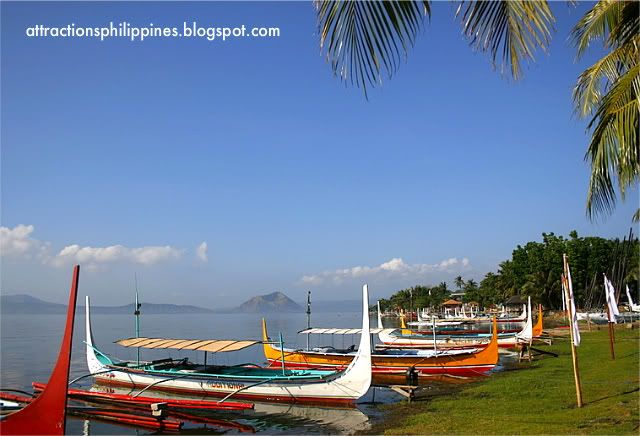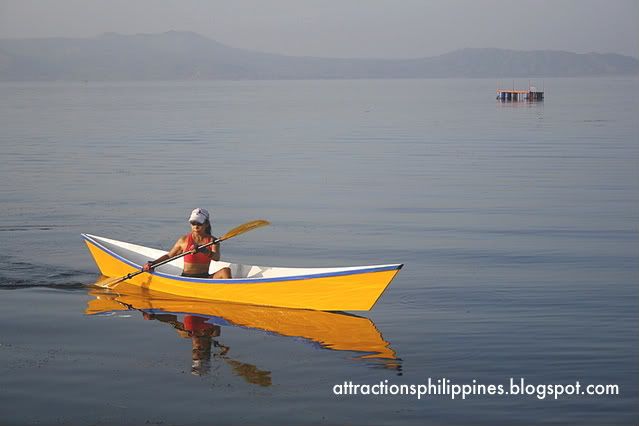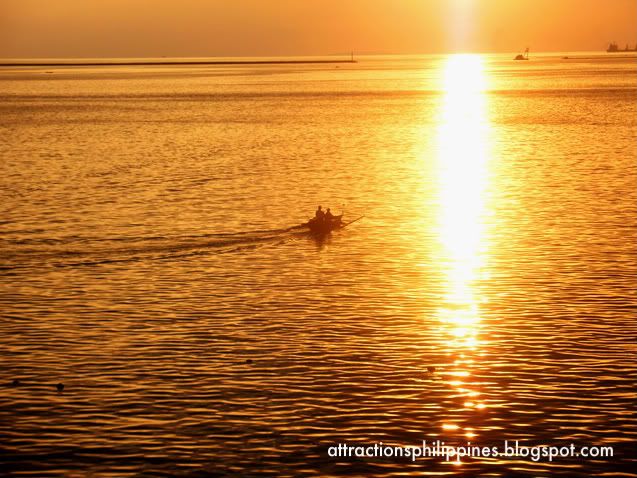Day Two
7:28 AM: We start the day at a more reasonable time. But it’s still only seven. And I’m not a morning person. It’s going to be a long day. We’re still in Ipil, Zamboanga Sibugay. Bob and Evelyn are surveying the Mindanao map at a separate table in the yellowish hotel lobby. I’m staring at a Nokia mobile phone, left on a stool; I’m staring in a way that non-morning persons are wont to do: without purpose. Someone was charging it. That someone comes in, and he’s wearing a United Nations t-shirt. He retrieves his phone and drives off in a red pickup truck with United Nations stickers on its doors. Bob, too, watches all this happen and says, “See, if I stole that phone, the wronged owner would still have pointed at the Filipino guy here. I’m American. Evelyn is British.” Bob is right. I’m Filipino, the kind of person your mother warned you about.
10:01 AM: We’re in Dipolog City, Zamboanga del Norte. The so-called “Bottled Sardines Capital of the Philippines”. Minutes earlier Bob got rid of the vile thing called Dodol. Left it at the gas station. Well, I volunteered and left the thing under someone else’s car. The snack was successful in looking like a pile of shit. I relished the feeling of doing something obnoxious. It was just like that of a teenager.
Then we drove until we got here, here being Dipolog’s foreshore boulevard. Why, of course there’d be sardines in this city. I can smell it in the open air.
It is a lovely place, I must admit that. On one side of the boulevard there are al fresco seats under summery parasols that accommodate the food kiosk customers. Kind of like what I’d expect to see in Florida, except there’s fish instead of fruit. Not that I’d ever been to Florida. On the other side, the waves of the Sulu Sea crash against the esplanade. Surfer’s waves, maybe stronger – crashing, then ebbing, then crashing again, the water lapping up the concrete shore in a loud calming rhythm. A number of locals are casting their fishing poles into the water. The men are wearing sweaters and baseball caps. The wind is even stronger and cooler today than yesterday in Parang.
12:21 PM: Done with lunch. Went to Chowking, the one inside the mall here at gritty Osamis City, Misamis Occidental. We all ordered Spicy Beef Chao Fan with spring rolls on the side. Evelyn finished the rice, which was a minor surprise.
2:31 PM: Seem to be stuck here at the RoRo terminal. Restlessness boiling within me like water in a cauldron. We’re waiting for the ferry that will take us to Lanao del Norte. I mean to say, we’re still waiting. On the way here, I noticed that the tricycle drivers have had their rest schedules painted on the back of their vehicles (“Day Off: Tuesdays”). Very peculiar. It must be some kind of traffic scheme and not a God-then-rested-on-the-seventh-day sort of thing.
“Bob,” I mutter from the backseat, “what does RoRo stand for? And can I bring my laptop with me?” I also wonder about security in the parking area. It turns out that RoRo stands for “roll-on/roll-off”, an arrangement in which the ferry is designed to carry wheeled cargo – meaning the car, meaning the car with all our belongings, meaning even cars with frightfully dumb passengers from Manila.
3:47 PM: Happiness is a thirty-minute ferry ride from one island to the next. Osamis to Lanao del Norte. The wind is blowing furiously, and storm clouds have gathered above, forming a crown of what looks like thick, slightly used cotton buds licking the mountaintop. I am astonished by how lovely all this is. I’m actually on a RoRo boat! I don’t mind that the splashes of water from both above and below are slapping my face wet. Somehow I feel like I have been taken back to the best parts of childhood. I promise myself to report the experience to mother.
7:33 PM: Then another long drive. This time, from the seaport all the way to the former capital of Lanao del Norte, which is Iligan City. It was raining all the way. Bob, Evelyn, and I are now inside Gilee’s Café on San Miguel Street. Cozy. Candle light. Paintings and maps of Italian seaside communities on the wall. The soft and teasing pitter-patter of drizzle on the roof. Outside, groups of young and energetic Iliganons walk the lamp-lit asphalt streets and take advantage of the numbered cool summer nights.
Our group is rather interracial, and gathers a few of Bob’s friends in the city: freelance photojournalist and coffee connoisseur Bobby Timonera, French-American Marc de Piolenc and his wife Sharon, and of course Gilee. Gilee is Italian, I think. Or French. Doesn’t matter. Both will work for me. Later someone points out to me that he’s Swiss. Of course I don’t say it doesn’t matter. The Persian kebab pasta, served by Gilee himself, is all kinds of delightful.
I’m starting to get sleepy, but I manage to catch tidbits of conversations on, among other things, American Idol, homosexuality, driver’s license pictures, Iligan’s many famous waterfalls, the city’s thriving steel and cement industries, and the challenges expats have to deal with while living in as misunderstood an area as Mindanao. Such scattered talk, and for me it feels quite right to think it European.
11:56 PM: The taste of coffee lingers. I can still taste it. I’m writing alone in my Oriental-style Wi-Fi-ready P450-a-night room at Famous Pension House and I’m wide awake because of that coffee. After dinner at Gilee’s Café, Bobby took our group to his exquisitely furnished Iligan City home. This guy, apart from having arranged in his parlor a library that betrays his intelligence and good taste, also has all delicious sorts of coffee to offer his guests. Monk’s Blend from Bukidnon? Critically acclaimed beans from Sagada? Yemeni? Civet? We settled for something. I don’t remember what it was. Well, I didn’t need perking up. I didn’t want perking up.
Yet I ended up with coffee and cupcakes. Falling asleep seems unlikely now. That’s a particular danger. I’m in the blessed islands of Mindanao and I might not be able to close my eyes again. Or, at the very least, I might not be able to close my eyes for the rest of this night.
*** Attractions Philippines editor’s note: Want to share your own thoughts and stories on things to do in the Philippines, places to see, fruits to eat, cities and provinces to visit? Just E-mail us at Attractions.Philippines at Gmail dot com or send us a Twitter tweet via @attractionsPI. Thanks for visiting Attractions Philippines!






